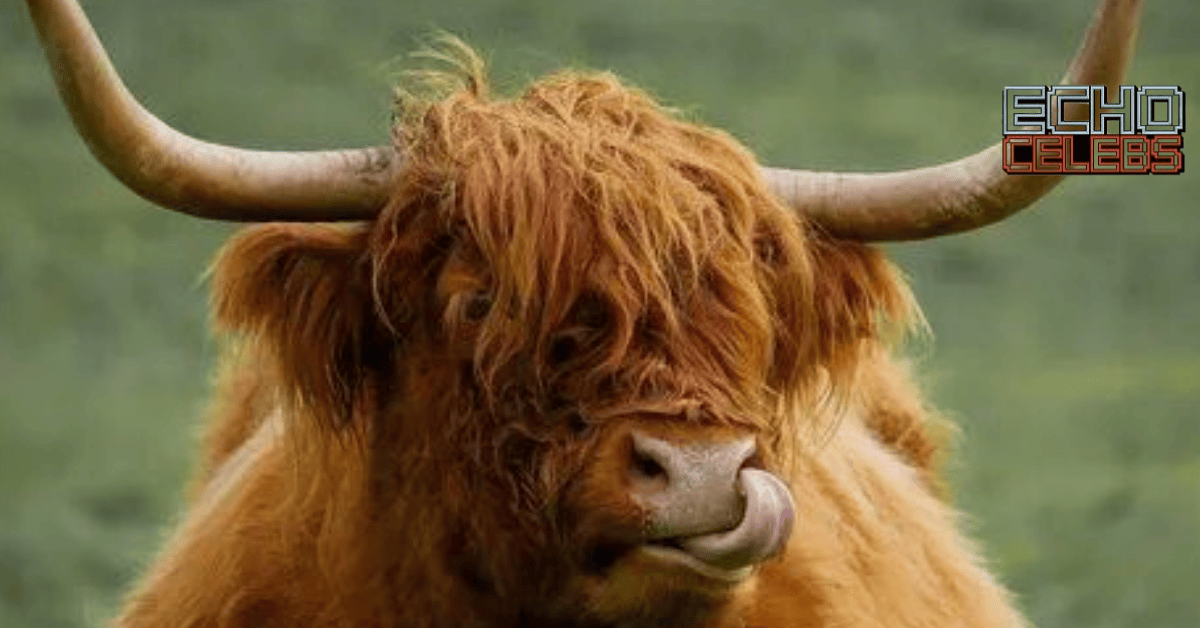Ever wondered what ox ka plural is? You’re not alone in this grammatical puzzle! Whether you’re a student trying to ace your English test or just someone who loves learning about language quirks, this question has probably crossed your mind at some point.
Let me take you on a fascinating journey through one of English’s most interesting plural forms. Trust me, by the time you finish reading this article, you’ll not only know the correct plural of ox but also understand why it’s special and how to use it confidently in your conversations. Ready to discover something cool about the English language? Let’s dive in!
The Simple Answer: Oxen
Let’s start with the straightforward answer: the plural of “ox” is “oxen.” Yes, it’s that simple!
While most English nouns form their plurals by adding “-s” or “-es,” “ox” follows a special, older pattern that we don’t see very often in modern English.
Why Not “Oxes”?
You might be wondering why we don’t just say “oxes.” That’s a great question! English is full of rules, but it’s also packed with exceptions. “Ox” is one of those special words that kept its ancient plural form from Old English. While most words eventually changed to use the simpler “-s” ending, “ox” stayed true to its roots.
Understanding Ox and Oxen
What is an Ox? Before we go further, let’s make sure we know what we’re talking about. An ox is a male cattle (usually castrated) used for farm work, pulling carts, or other heavy labor. In modern times, you might not see many oxen around, but they played a crucial role in farming throughout history.
When to Use “Ox” Use “ox” when you’re talking about just one animal:
- “The ox pulled the heavy cart all by itself.”
- “I saw an ox in the field today.”
- “That ox is incredibly strong.”
When to Use “Oxen” Use “oxen” when you’re talking about more than one:
- “The farmer had three oxen working in his fields.”
- “A team of oxen helped build the pyramids.”
- “The oxen grazed peacefully in the meadow.”
Fun Facts About Oxen

Here are some interesting tidbits that might surprise you:
- “Oxen” is one of the few words in English that still uses the “-en” plural ending, along with “children” and “brethren.”
- A single ox can pull its own body weight, making it one of the strongest working animals.
- The word “ox” has been around for over a thousand years, barely changing its form.
Other Words Like “Ox”
While “ox” might seem unique in its plural form, there used to be many more English words that formed plurals with “-en.” Most of these have disappeared over time, but here are a few that either still exist or were once common:
- Child → Children (still used today)
- Brother → Brethren (still used in formal or religious contexts)
- Eye → Eyen (old form, now obsolete)
- Shoe → Shoen (old form, now obsolete)
Common Mistakes to Avoid
Let’s look at some common errors people make with this word:
- Using “oxes” – This is incorrect, though it might seem logical
- Using “ox” as a plural – “I saw five ox in the field” is wrong
- Adding “-s” to “oxen” – “oxens” is never correct
Real-Life Usage Examples
Let’s see how these words work in various contexts:
Historical Context
- “The pioneers used oxen to pull their wagons across the American frontier.”
- “A single ox was worth a fortune in ancient farming communities.”
Modern Usage
- “The living history museum keeps several oxen for demonstrations.”
- “The ox stands quietly in its pen, waiting for feeding time.”
Figurative Usage
- “He’s as strong as an ox!”
- “Those workers are like oxen, tirelessly moving heavy loads all day.”
Cultural Significance

Throughout history, oxen have played crucial roles in different cultures:
- They were essential for farming in ancient civilizations
- They appear in many folk tales and proverbs
- They’re still important working animals in some parts of the world
Quick Reference Guide
Singular: Ox
- Example: “The ox is resting.”
Plural: Oxen
- Example: “The oxen are working.”
Memory Tricks
Need help remembering the plural? Here are some helpful tricks:
- Think of “children” – if you know this plural, you can remember that “oxen” follows the same pattern
- Remember the phrase “oxen and children” – both use the same plural ending
- Picture a group of oxen working together – the “-en” ending suggests togetherness
Conclusion
Now you know that the plural of “ox” is “oxen” – a special word that’s kept its ancient plural form through the centuries. While it might seem tricky at first, it’s actually quite simple once you remember it’s one of those special English words that doesn’t follow the usual rules. Whether you’re writing about history, agriculture, or just trying to use the word correctly, you can now do so with confidence!
Remember: one ox, many oxen. It’s that straightforward! And the next time someone asks you about the plural of ox, you’ll be ready with the answer and maybe even some interesting facts to share.
This unique plural form is just one of the many quirks that make English such a fascinating language to learn and use. Keep this knowledge in your language toolkit, and you’ll never be confused about ox versus oxen again!

Hi, I’m Tom Hales, an English grammar enthusiast dedicated to helping you improve your writing skills. With a passion for clear communication, I share practical tips, lessons, and resources to make learning grammar simple and enjoyable. Let’s master the rules of language together!”

